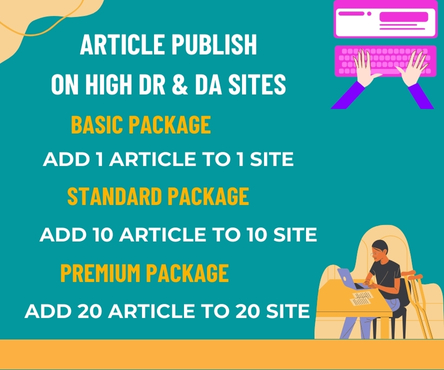A website’s quality can be described in a variety of ways. Obviously, aesthetics are a key consideration in high-quality Website Design. Visually appealing website design tends to attract both men and women more. However, there are additional elements to take into account when evaluating a website’s quality.
The ease of use and navigation, design, business logic, engineering, interoperability, and how search engine friendly the website is are some of the most crucial elements. The quality of a website is largely determined by external factors, such as other marketing initiatives and the cost of the offered goods and/or services, despite the fact that many businesses feel that return on investment is also a factor.
- Navigation and user comfort are critical. A good website should guide visitors through a journey that begins with explaining or demonstrating the product or service, continues with providing more details about it, adding more images and data, and concludes with a call to action encouraging them to buy the product or get in touch with the website owner for more details, an appointment, etc. A website that has good design is simple to navigate. It is crucial for a website to guide users through the entire process, from initial visit through product or service purchase, company education, or even just acquiring the business’s contact information. A website’s professionalism, the cleanliness of the page layouts, the legibility of the content, the clarity of the navigation, and the simplicity of the instructions are all factors that affect how user-friendly it is overall.
- The appearance of any website is crucial. Nowadays, a website only has three to six seconds to capture the interest of a visitor before he or she chooses to leave. The website must be both visually appealing and educational. First, there should be enough graphics and images to immediately and clearly convey to the user what this website is about. Second, it should contain enough informative content so that if a visitor desires to read, he can do so without visiting any other websites. An effective website design strikes the ideal mix between “entertainment material” and “informational content.”
The next few qualities of a good website include its engineering and technology.
- Business logic is a crucial distinguishing characteristic. Both the website’s programming and design must work together properly. The efficiency of a high-quality website allows for quick future modifications and additions, such as logic, database connectors, and graphic components.
- To produce a seamless website design, strong website engineering starts with the necessary planning for how the website will be built and how all of the moving elements and functions will work together. Therefore, an appropriate website design architecture is needed to fit all website requirements and ensure flexibility, structural stability, security, and fulfilment of all performance requirements over the short and long term. The phrase “Let’s have these pages for now and later we can either shift them over somewhere or add more pages” is one that clients frequently use. It is incredibly challenging and even stressful to redesign the website’s structure. It is simple to shift one menu item, like “cream,” from the pharmaceutical area to the cosmetic items category. However, completely altering the website’s logic or structure could be challenging. Drawing a simple map of the website before asking a customer to specify the primary menu items or website blocks he would want to have is a smart idea.
- Congruence. For a website to be functional in the present era, it must be compatible with all popular web browsers, including Internet Explorer (in its several iterations), Mozilla, Safari, and Google Chrome, as well as all major computer operating systems, including Windows and Apple. Mobile website design is becoming crucial due to the popularity and technological advancements of smartphones. No matter how it is seen, an effective website design must speak directly to the visitor to build a brand and help the website accomplish all of its aims and goals.
- Search engine friendliness is the final distinguishing characteristic of any website. Businesses are well aware that a website’s position in a search result can determine whether it is successful or unsuccessful. A website will receive more visitors the higher up on the search engine results page it is, which will raise brand awareness and perhaps increase return on investment as well. There are a few factors that might ruin a website’s score, like coding flaws, poor navigation, and broken links. Additionally, there are several elements that search engines “enjoy,” such material with excellent keywords, H1 tags, appropriate alt tags, bold fonts, and meta tags. Professional web design teams are well-versed in SEO and can help with choosing the appropriate keywords and on- and off-site SEO optimizations. Therefore, a high-quality website would already include the appropriate text and images, with an emphasis on search engine optimization.

